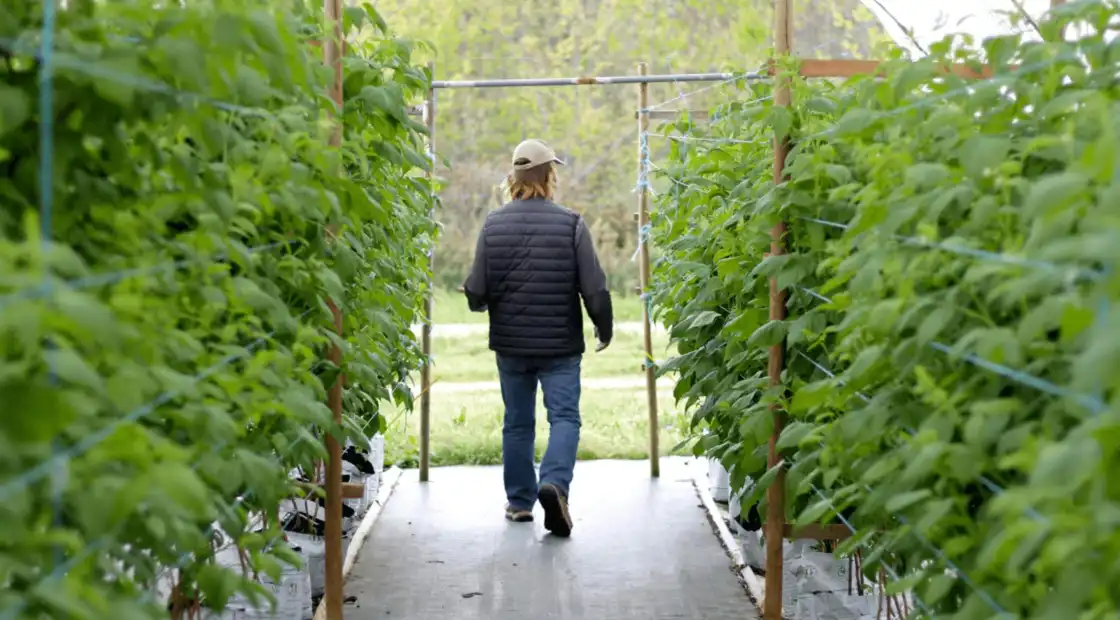Crop diversification: opportunities for chestnuts and raspberries

The challenges of crop diversification
This presentation, organized by SIVAL , highlighted the opportunities offered by crop diversification, in particular with chestnuts and raspberries. In a context where climatic, regulatory and economic constraints are weighing heavily on producers, diversification appears to be a strategic solution for ensuring the long-term viability of farms.
In recent years, many producers, particularly from the wine-growing sector, have been looking for viable alternatives. Chestnuts and raspberries are among the attractive options, offering promising markets and a variety of outlets, from fresh to industrial processing.
Chestnut planting and profitability
Chestnuts represent an opportunity due to growing market demand. French production, historically in decline, only covers 50% of national consumption, leaving room for potential new plantings. Chestnut cultivation is best suited to growers with draining, acidic soils, which are essential to its development.
There are two main markets for chestnuts: the fresh market, which demands high-quality, large-caliber fruit, and the processing market, where value is added through flour, creams and gluten-free preparations. Setting up a chestnut orchard requires investments of between 1,000 and 15,000 euros per hectare, with a return on investment that can take between 6 and 15 years, depending on the model chosen.
Raspberry production and development
Raspberries offer a stable and promising alternative, thanks to their fast-growing consumption. At present, national production covers only 14% of French market requirements, leaving significant room for development. Unlike chestnuts, raspberries are easy and instantaneous to consume, facilitating their integration into distribution channels.
Two cultivation methods are possible: soil cultivation, requiring rich, draining soil, and soilless cultivation, allowing better control of production conditions and greater protection against climatic hazards. Average yields vary according to growing method, ranging from 5 tons per hectare in the open to 15 tons in the sheltered soilless zone. However, this type of cultivation is labor-intensive, particularly for harvesting, which takes place several times a week.
Finally, protection under cover is strongly recommended to limit climatic and sanitary risks. Specific pests, such as Drosophila Suzuki, require close monitoring and adapted strategies involving frequent harvesting and the use of natural beneficials.
Speakers
Sébastien CAVAIGNAC - Director Invenio - IRFEL